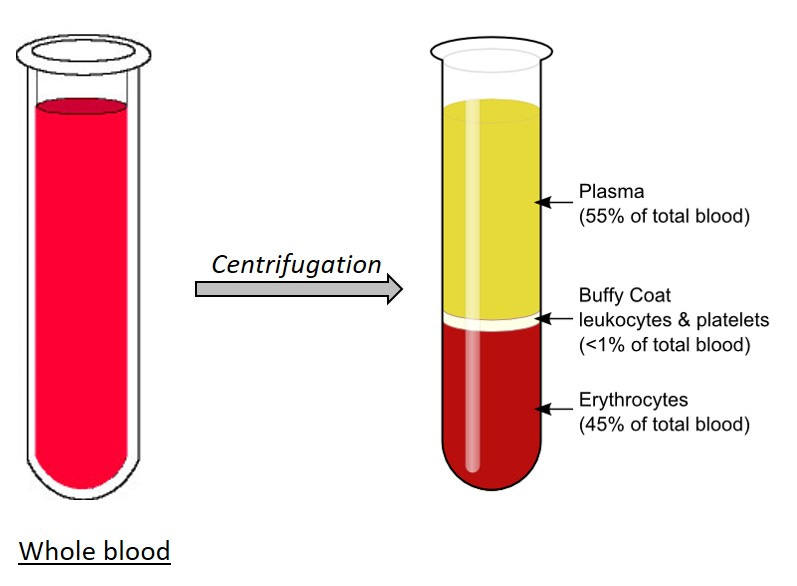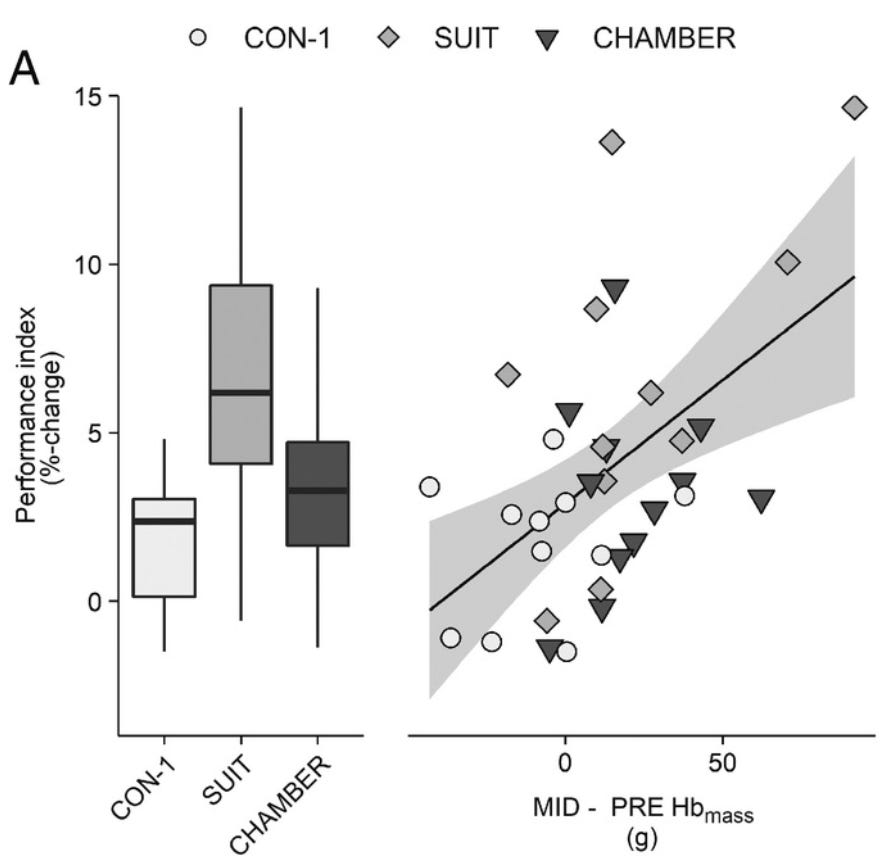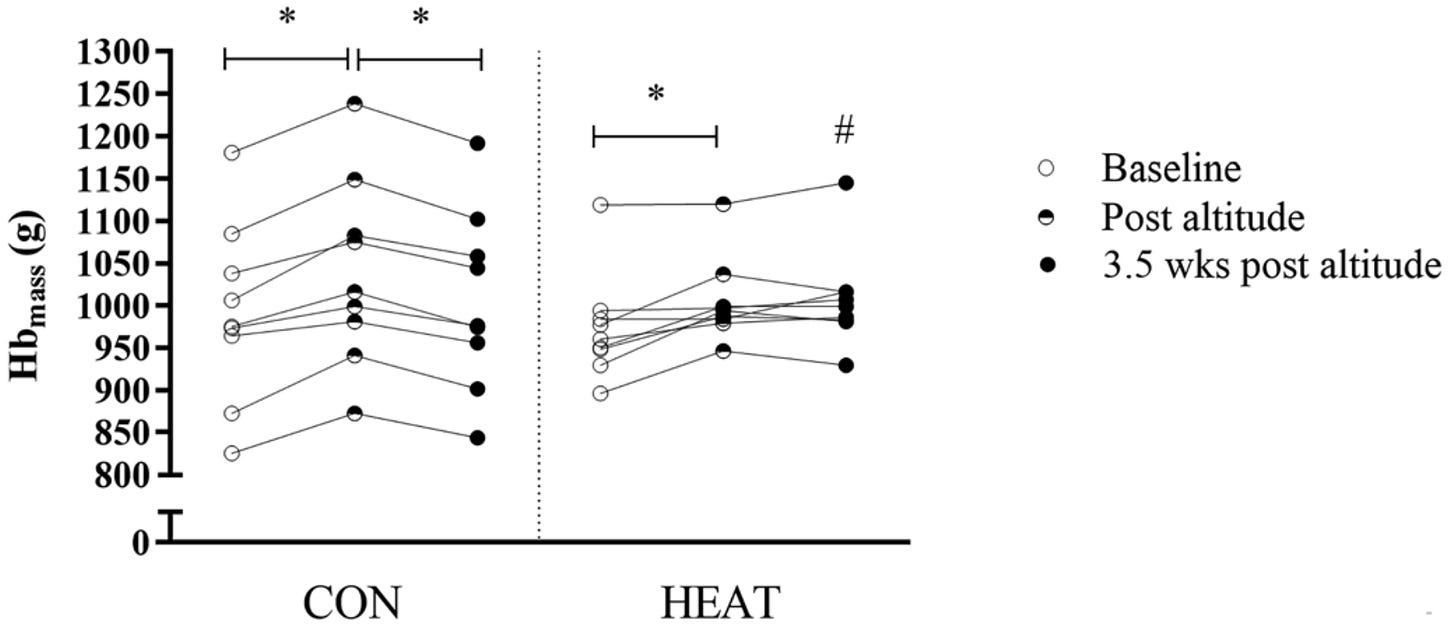Physical performance, particularly endurance, is degraded substantially in the heat. One way to mitigate this is to engage in some sort of heat acclimation or heat training. If you live in Florida or Texas and train outside, you get this effect most of the year. Otherwise you’ll need to do some training with extra clothes on, wear heat suits, do post-exercise sauna, etc., basically anything to get an extra bump in your body temperature. Do this repeatedly over consecutive days and within 1-2 weeks you’ll get some pretty substantial adaptations like increased sweating and skin blood flow, reduced sodium in your sweat, lower resting and exercising heart rate, and lower core temperature, all of which improve your performance in the heat.
Whether heat training can improve performance during exercise that’s not in the heat is somewhat controversial. Some studies show it does, others don’t, and there’s no real consensus. In addition, up until the last few years, you would be hard pressed to find any controlled heat training studies longer than ~14 days, partly because most of the thermoregulatory adaptations are complete by this time (see figure below).

More recently, the idea has been tossed around that if you extend the period of heat training to over a month, you get additional adaptations beyond those that improve thermoregulation. Endurance training in general causes hematologic changes such as increased hemoglobin mass and increased total blood volume. Plasma volume (PV), and red blood cell volume (RBCV) make up the total blood volume and change to varying degrees depending on the stimulus (general exercise, altitude training, heat training, etc.).
Heat training often preferentially raises plasma volume, sometimes as much as 10% or more. If red cell volume doesn’t change at the same time, the hematocrit (the % of blood volume that is red blood cells) will go down (imagine the yellow portion of the picture below getting bigger without the red changing).

The “critmeter” theory suggests that the kidney, which produces erythropoietin (EPO), senses this decrease in hematocrit as a mild hypoxia (low oxygen) and stimulates production of hemoglobin and red blood cells to compensate. However, even with altitude training, it takes about a month to get substantial increases in hemoglobin mass (total amount of hemoglobin in the blood, in grams). Since 2019 a few studies have come out that extended heat training to 4-5 weeks to try and test if heat training improves hemoglobin mass (if done long enough). If you improve hemoglobin mass, you can transport more oxygen to your muscles.

One thing I really like about these studies is that they are ecologically valid, basically just meaning they have direct real-world application. Many heat acclimation studies are done in laboratories with environmental chambers that invasively measure body temperature and design the training so subjects maintain a certain body temperature every session.
For example, in my dissertation we did 6 heat acclimation sessions with each session comprising running in 104°F & 40% humidity until core temperature (measured with a rectal thermometer) reached 101.3°F, then we kept them above that core temperature for 1 hour by adjusting how fast they ran. Some studies suggest the ~101°F threshold is what is needed to elicit adaptations over repeated sessions. As you can imagine, people aren’t doing that at home, but since heat acclimation is very beneficial it’s important to have studies that do things similar to what athletes can do in daily training.
What the Science Says
I first came across the idea in 2021 when a study on elite cyclists tested this question. The athletes did their normal training in the morning, but in the afternoon half of them did about an hour at a moderate intensity in the heat (~100-102°F, 65% humidity), while the other half did an hour at the same effort and duration but not in the heat. For those wanting the details, the intensity was aimed at 45% of the power output at 4mmol/L lactate, but RPE was a primary target, shooting to keep it between 11-15 on the 6-20 Borg scale. They performed this specific training 5x/week for 5 weeks, and average duration and intensity over the 5 weeks was similar between groups, the only difference being the temperature in the afternoon sessions.
The main finding was that the heat training group increased hemoglobin mass by 42 grams, a ~5% increase with no change in the control group. However, VO2max was not different between groups, and the heat training group only had small improvements in sub-maximal performance compared to controls. In elite cross-country skiers, the same thing was true, higher hemoglobin but no performance increase. A more recent study also found hemoglobin mass changes (+4%), but this time an improvement in performance: higher VO2max, higher peak power output, and higher power put during a 15-min time trial.
Enter heat suits
When I used to train at an old school boxing gym guys would always train with trash bags draped over their upper body. While combat athletes do this to drop weight, it may have benefits beyond that. The same authors from the above studies used the same 5x/week for 5 weeks protocol and compared training in a heat chamber to using heat suits (just wearing extra clothes). Then, they did a 3-week maintenance phase where the heat chamber and heat suit groups continued training, but half of them stopped all heat training, while the other half continued with the heat suit. The previous work was all done with an environmental chamber, which isn’t accessible to most of the world, so determining if simply extra clothes has a similar benefit would be huge for athletes living in cold climates.
Both the heat chamber and heat suit groups increased hemoglobin mass (+ ~3-4%) with no change in the control group. Interestingly, after 5-weeks, the heat suit group had better 15-min time trial performance than the heat chamber group. This time, performance was correlated to how much the athletes could increase hemoglobin.

After the 3-week maintenance period, the heat suit group continued to increase hemoglobin, while the controls and subjects who previously stopped heat training had no further changes.
Can heat preserve altitude adaptations?
A really new study, just published this month, tested the effect of heat suit training after an altitude camp. Altitude (hypoxia) has for a while been known to elevate hemoglobin mass (although, surprisingly, the effects on increasing performance aren’t as clear despite nearly all pro athletes doing altitude camps, but that’s for another time). One of the downsides is that when you return to sea-level, those adaptations disappear within a couple weeks, so finding a way retain the benefits has a large upside.
Eighteen cyclists with an average VO2max of ~77 mL/kg/min did a 3-week altitude camp at 2100 m elevation (~6900 ft), then upon return to sea level half of them continued normal training while the other half did 3x/week heat suit training for 3.5 weeks. In the figure below you’ll see nearly every athlete in the control group (3 weeks altitude then 3 weeks continued training at sea-level) increased hemoglobin mass followed by a decrease back to baseline (+4% after altitude, -3.3% after sea-level). For the heat suit group, they were able to maintain the 4% improvement from altitude camp as hemoglobin mass on average was 0.2% different from the value immediately after altitude.
From a practical perspective, this is pretty transformative as the loss of altitude adaptations dictates athlete scheduling and when they perform these camps in relation to racing.

Using heat for better performance at altitude
Another way to harness this physiological concept is to perform heat training prior to going to altitude, say for an athlete who lives at sea-level but has a race at altitude. Remember, altitudes as little as ~600-800 m (1900-2600 ft.) above sea level can negatively impact performance in some instances, and just gets worse the higher you go. Only a few studies have looked at whether traditional heat acclimation (1-2 weeks) can impact subsequent performance at altitude. A recent review article by US Army scientists highlights those studies.
So far, the impacts on performance at altitude are pretty marginal or non-existent. One or two studies show prior heat acclimation may increase arterial oxygenation which is critical for performance at altitude, but others show no effect. Some of the ways it may impact performance are increased plasma volume, improved lactate threshold, reduced reliance on. muscle glycogen, and improved exercise economy (lower oxygen consumption at a given intensity).
One thing to keep in mind is that the available studies have used traditional heat acclimation 1-2 weeks in duration. All of the heat training studies I covered above used a new approach where training is prolonged for 4-5 weeks. This elongation of heat exposure seems necessary to result in increased hemoglobin mass. My guess is that a 4-5 week heat training study prior to altitude is already underway somewhere or at least planned to be.
Take aways
Traditional heat acclimation is pretty demanding (~75-90 min / session at high temperatures), even though it only lasts 1-2 weeks. Therefore, it needs to be appropriately scheduled prior to a race to balance the beneficial adaptations while being able to show up fresh on race day. Although these more recent studies are much longer (5 weeks), they are only ~50 minutes and at a relatively low intensity. One thing to keep in mind though is that basically every study was done on elite athletes, so be cautious on translating the findings to yourself (unless you’re elite). However, most training adaptations are much larger in less-fit people than elites, so I would guess more average people will still benefit similarly, if not more, assuming they can handle the workload.
The most important aspects to me is that the effects on hemoglobin appear remarkably consistent, and you can do this yourself by simply wearing extra clothes that impede heat loss. Yes, you’ll be hot and uncomfortable, but for those who care about performance and are living through a cold winter, it’s a no brainer. Check out this article about Jacob Simonsen who broke the Danish marathon record (as a medical student no less), and worked with one of the authors of these studies, Carsten Lundby, to take advantage of this new style of heat training.
Thank you for reading! Please share to those you think are interested and subscribe.




